In the Cu Lao Cham area (Tan Hiep island commune, Hoi An city, Quang Nam), in addition to the ecological restoration area, the administrative and tourism service area, the strictly protected area (prohibited area, larger than 20 hectares) is where the marine ecosystem is preserved and protected absolutely. From Hon La, Hon Dai to Bai Bac, Bai Nan, Bai Tra..., coral reefs are guaranteed the most ideal conditions to recover from the negative impacts of climate change, and are supported in incubation and cultivation for development.
Associate Professor, Dr. Nguyen Van Long, Head of the Department of Aquatic Resources (Institute of Oceanography ), who has decades of experience observing the coral ecosystem of Cu Lao Cham, assessed that Cu Lao Cham is an ideal environment for coral to grow healthily, develop species, and increase coverage every year. Since the establishment of the Cu Lao Cham Marine Protected Area (MPA) Management Board nearly 2 decades ago, the story of biosphere reserves and protection of marine ecosystems has been recognized by experts and the community.
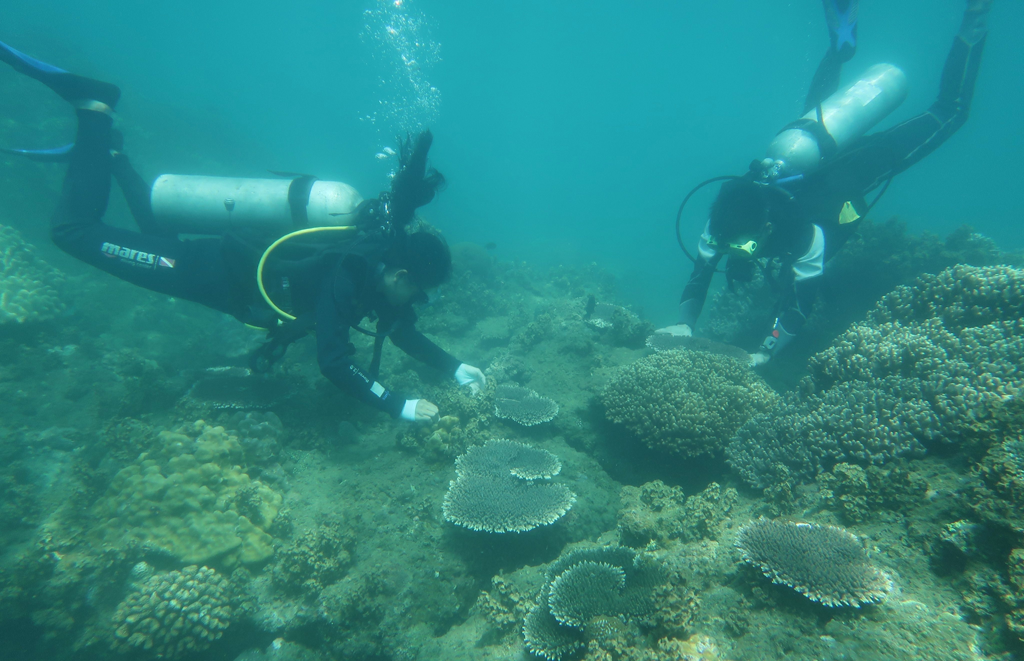
CORAL SCULPTING AT 15 M DEPTH
Accompanying the members of Cu Lao Cham Marine Reserve to the "forbidden zone" of Hon La, we understood why this place is considered the "center of marine conservation". This is where corals are almost completely preserved, even research work is very careful. When wearing oxygen tanks and diving to a depth of nearly 15 meters, we were overwhelmed by the majesty and diversity of coral species. The coral reefs are up to 5 - 6 layers high, combined with the diverse world of colorful reef creatures...
Mr. Le Vinh Thuan, Deputy Director of the Cu Lao Cham Marine Protected Area Management Board, said that over the years, the negative impacts of extreme weather such as super storms and rising sea temperatures have caused corals to collapse and bleach. However, surveys have shown that the reefs are recovering quite quickly, proving that the current living conditions of Cu Lao Cham corals are very good. The area of the coral reef was nearly 300 hectares two decades ago, but has now increased to 356.4 hectares with nearly 300 species. The coverage of some strictly protected and incubated areas for recovery such as Huong Beach and Bac Beach has increased from 8% to 40%.
"Compared to many places in the country, Cu Lao Cham can be considered one of the places with a fairly high diversity of corals. Especially in the reef area, at a depth of 15 to more than 20 m, there are reef biomes typical of deep water that are very rare in other places. This is a place that preserves a good source of parent stock to regenerate resources and ensure aquatic resources. One of the activities that we highly appreciate is coordinating patrols, limiting destructive fishing vessels from entering the conservation area, maintaining a stable ecosystem for the best development of reef organisms," Associate Professor, Dr. Nguyen Van Long commented.
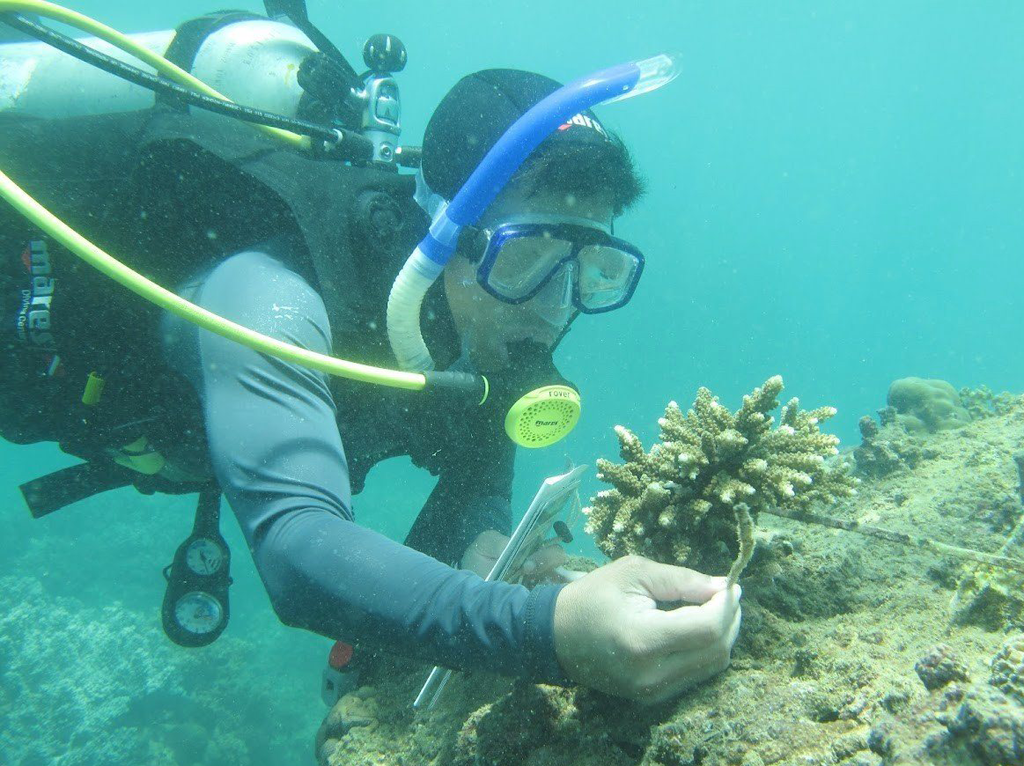
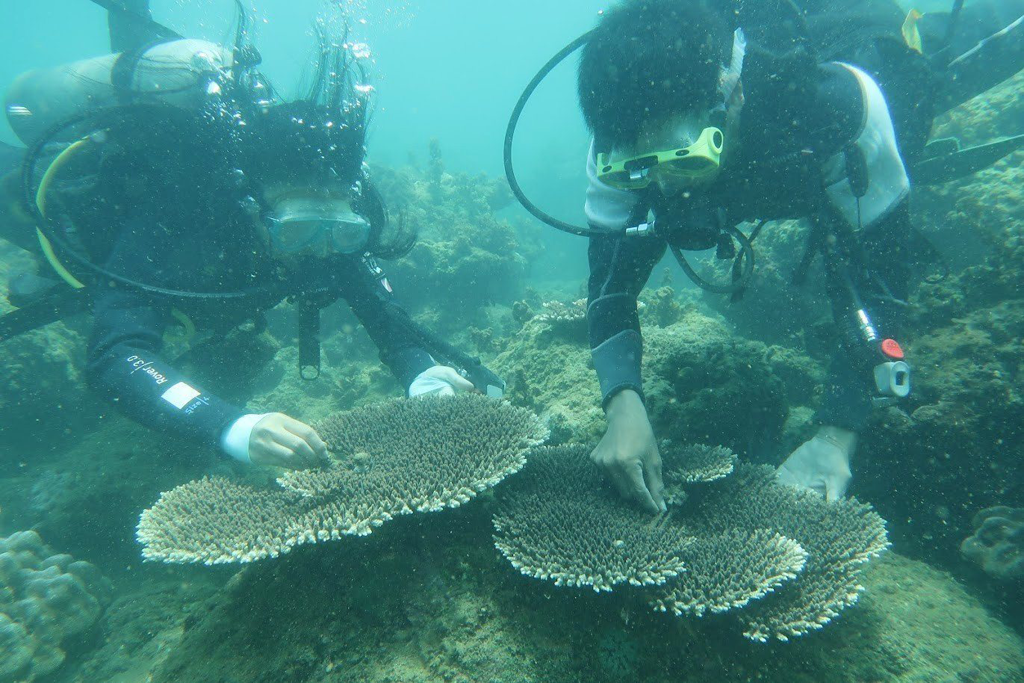
Measure growth rates and record growth size of coral colonies
Provided by Cu Lao Cham Marine Park Management Board
"T HAM" CORAL NURSERY
After entering the reef area, we continued to "visit" coral nurseries at a depth of about 7 m in the restricted area. Mr. Le Vinh Thuan, who is also the head of the research project on the application of hard coral restoration technology, said that the corals here are grafted and transplanted in the form of plates and branches. "From the nurseries in Bac beach, Tra beach..., the corals will be taken to transplant and restore in Nan beach, Bo beach, Hon Tai, Hon Dai", he said.
At Cu Lao Cham Marine Protected Area, there are currently nearly 40 coral nurseries with a total area of nearly 4,000 m2. This is an important component contributing to the preservation, conservation and development of coral reefs. The nurseries use coral cultivation technology transferred from the Institute of Oceanography, including extraction, relocation of coral colonies and fixing them in degraded areas, monitoring, measuring growth rates, checking the survival rate of the reefs, etc.
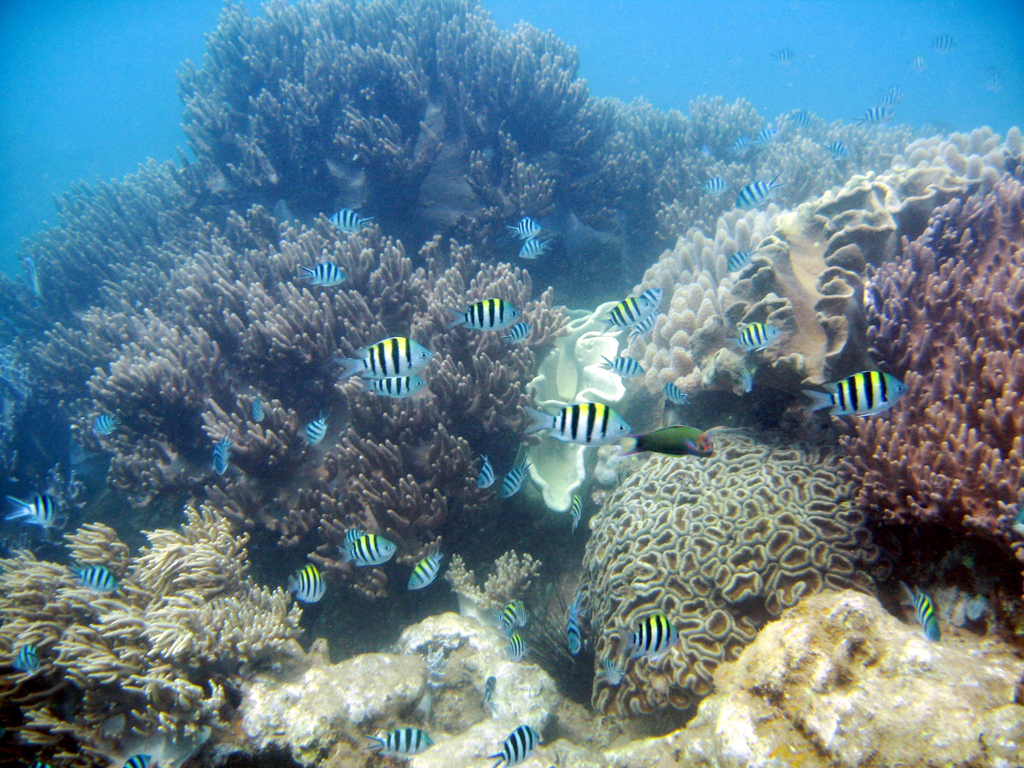
Corals in Cu Lao Cham are assessed by experts to be highly diverse, especially in the reef area.
According to experts, it takes 2-3 years for the coral branches and plates to be incubated to cover the entire nursery frame. Observing with the naked eye, we can also see the newly sprouted coral parts, which makes us really touched by the efforts of humans for nature, no matter how small.
Over the past two decades, coral restoration experts have been very pleased with the recognition and consensus from the island community. More than anyone else, the community here is the first to benefit from biodiversity and marine resources. Opportunities for sustainable and systematic ecotourism development also open up, when tourists dive together to see corals, pick up trash, and catch crown-of-thorns starfish, the natural enemies of corals. After all, the coral reef ecosystem is the "guard" group that helps reduce the impact of storms to keep the shore, the broken coral parts that fall onto the sand also create a connection between sand molecules to keep the beach...
Conservation experts are always concerned about finding ways to protect corals and the sea from the negative impacts of natural and man-made disasters. Following the small efforts of humans, they put their faith in the "responsibility" of nature to arrange and provide...
Source link



![[Photo] Prime Minister Pham Minh Chinh chairs a meeting on the implementation of the Lao Cai-Hanoi-Hai Phong railway project.](https://vphoto.vietnam.vn/thumb/1200x675/vietnam/resource/IMAGE/2025/5/20/0fa4c9864f63456ebc0eb504c09c7e26)
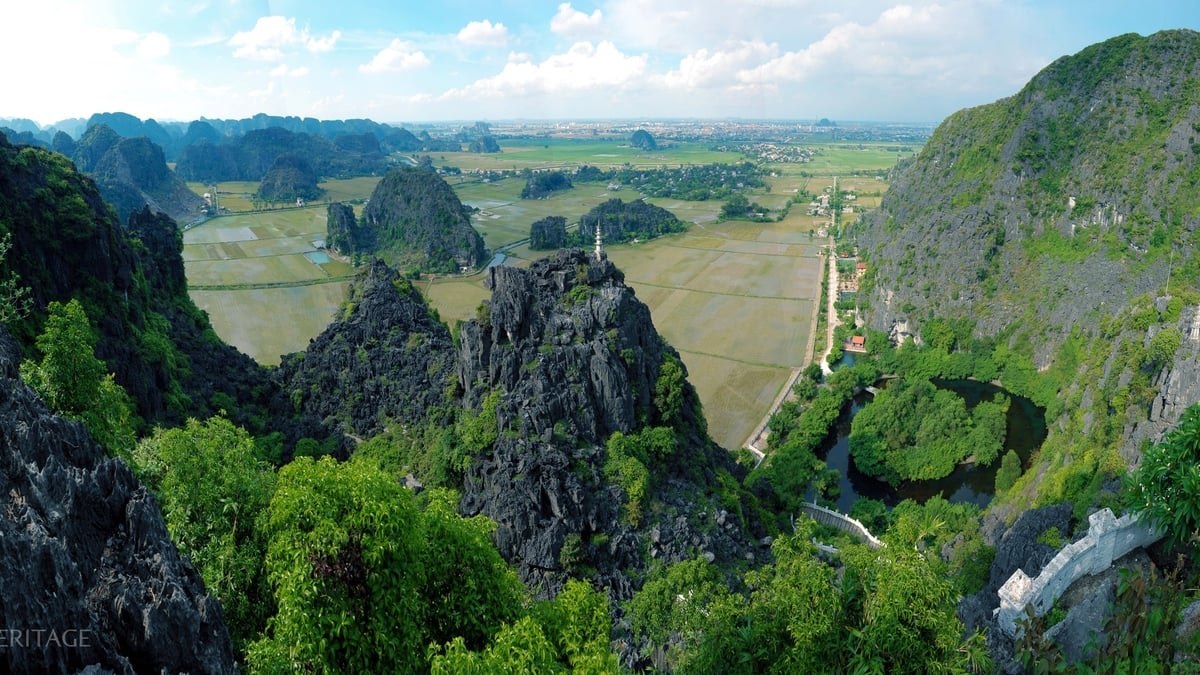

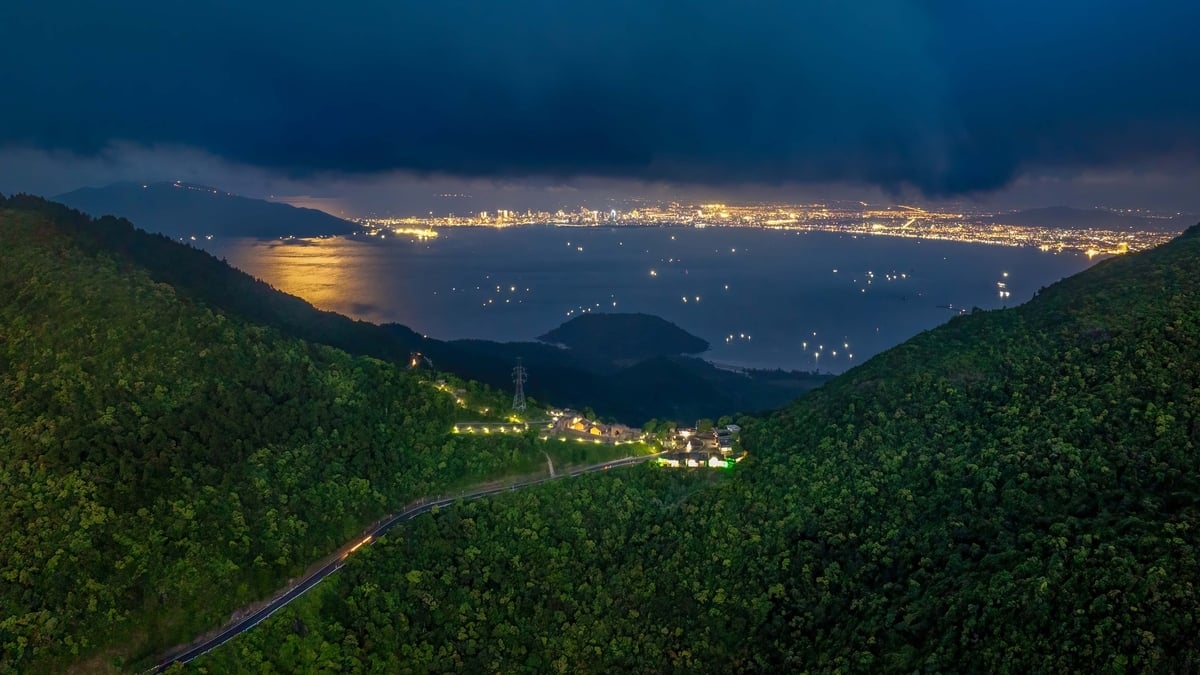
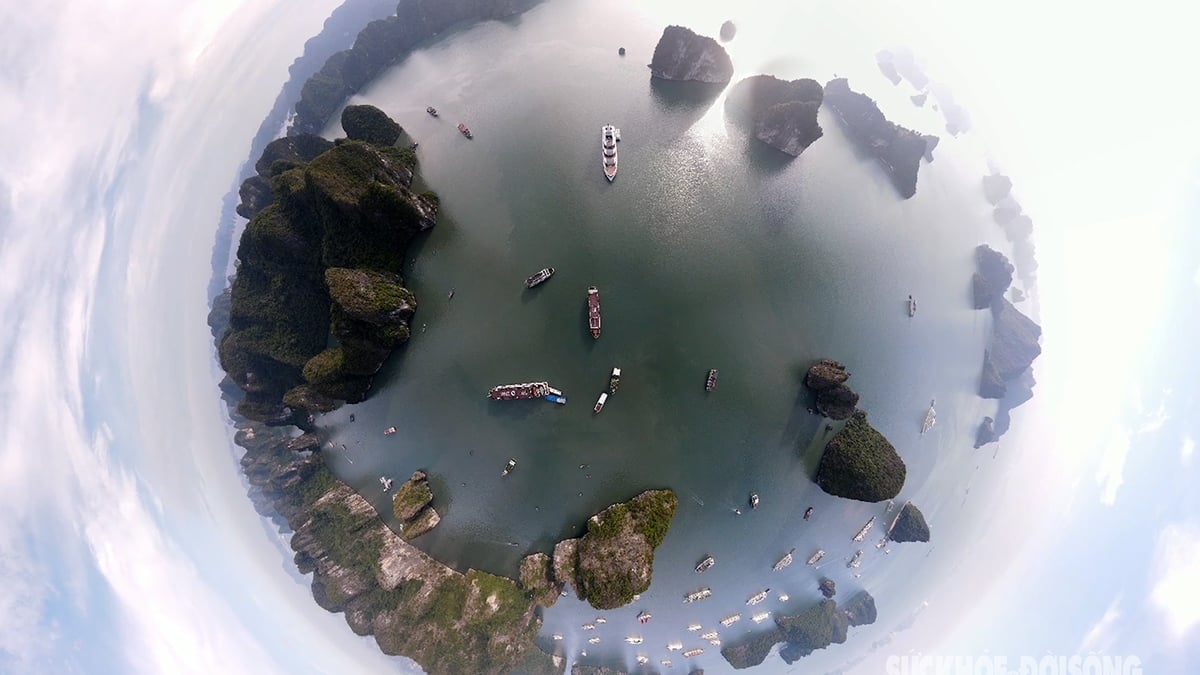
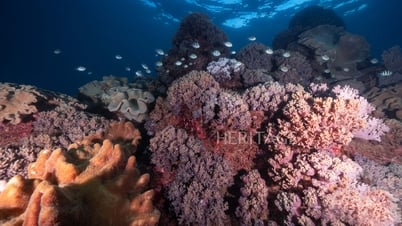












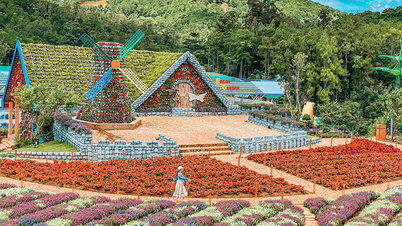


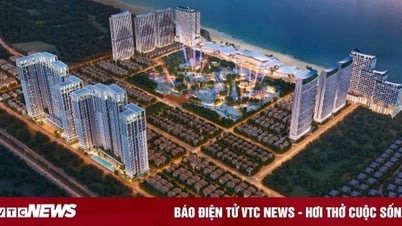

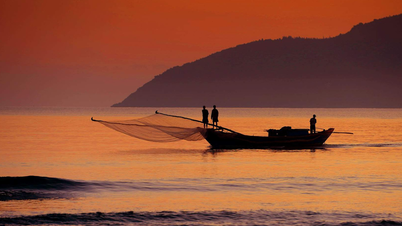




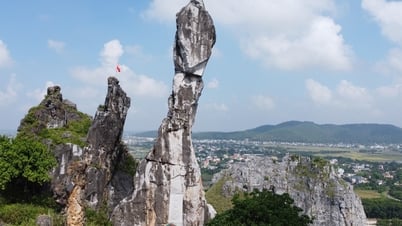

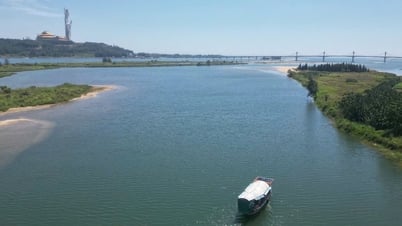











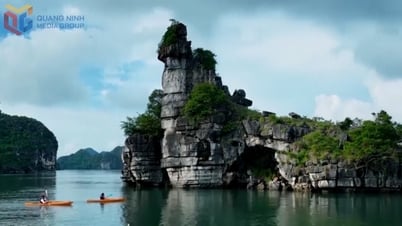



















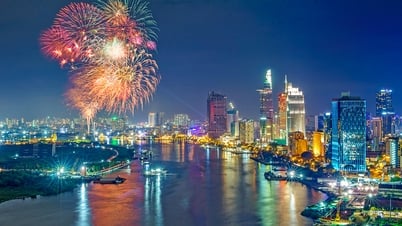
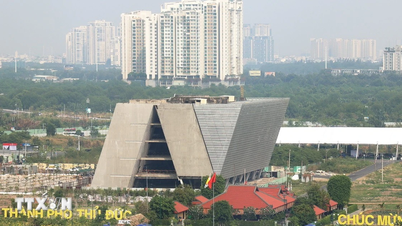








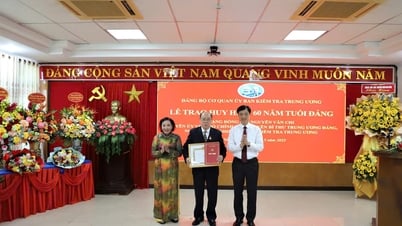


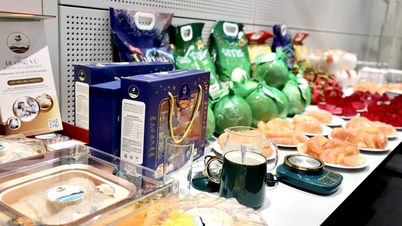

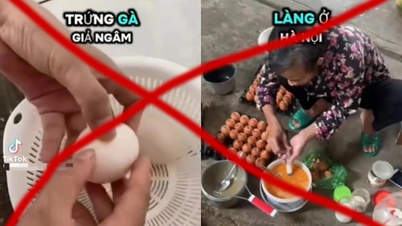

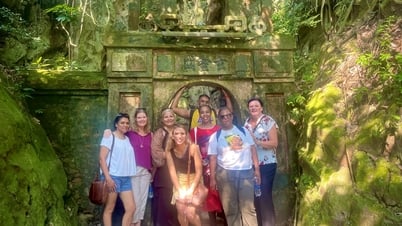


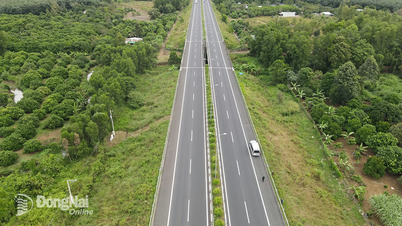

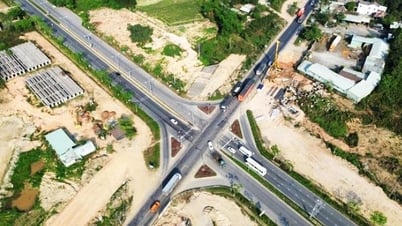












Comment (0)